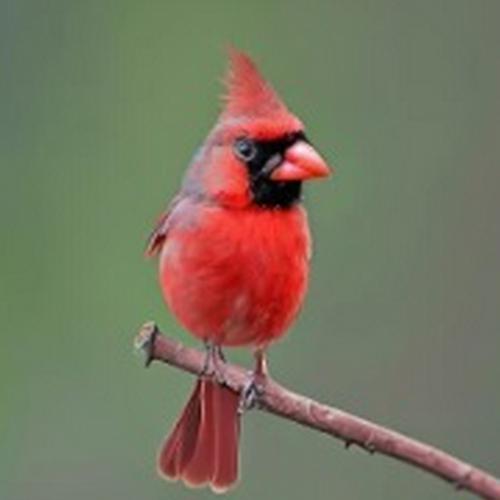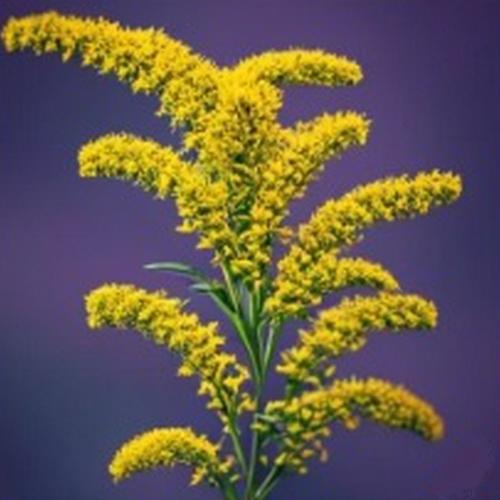Introduction to the Northern Cardinal
The Northern Cardinal, Kentucky's beloved state bird, is a striking symbol of the Bluegrass State. With its vibrant red plumage, the male Northern Cardinal is a distinctive and easily recognizable bird. This bird has captured the hearts of both bird enthusiasts and casual observers alike.
Standing as the official state bird since 1926, the Northern Cardinal is more than just an emblem, it's a source of pride for Kentuckians. Its presence brightens backyards, parks, and woodlands throughout the state. In this introduction, we'll delve into the cardinal's physical characteristics, habitat, behavior, and fascinating facts that make it a treasured part of Kentucky's natural heritage. Get ready to embark on a journey into the world of this iconic bird.
Standing as the official state bird since 1926, the Northern Cardinal is more than just an emblem, it's a source of pride for Kentuckians. Its presence brightens backyards, parks, and woodlands throughout the state. In this introduction, we'll delve into the cardinal's physical characteristics, habitat, behavior, and fascinating facts that make it a treasured part of Kentucky's natural heritage. Get ready to embark on a journey into the world of this iconic bird.
Habitat and Distribution
The Northern Cardinal, known as the state bird of Kentucky, is a captivating species due to its striking appearance and widespread presence. Found throughout Kentucky and much of the Eastern United States, these beautiful birds are known for their bright red plumage and distinctive crest.
1- Kentucky's Favorite Resident: The Northern Cardinal is a year-round resident in Kentucky, making it a beloved sight in backyards, parks, and woodlands across the state.
2- Versatile Habitat: These birds are highly adaptable, and they thrive in a variety of habitats, from urban areas to dense forests. Their presence is not limited to a specific landscape, making them a common sight for Kentuckians.
3- Range Expansion: While traditionally found in the eastern United States, Northern Cardinals have expanded their range westward in recent years, making them even more common in Kentucky.
4- Breeding Season: Cardinals are known for their melodious songs, which they use to communicate during the breeding season. Cardinals tend to build their nests in shrubs, thickets, and trees, often choosing dense vegetation for protection.
5- Year-Round Companions: One of the reasons for their popularity is that they don't migrate, providing year-round entertainment for birdwatchers and nature enthusiasts.
6- Seeds and Fruits: Their diet mainly consists of seeds and fruits, which they skillfully crack open with their strong beaks. In your Kentucky backyard, providing bird feeders with sunflower seeds can be an excellent way to attract these charming residents.
In Kentucky, the Northern Cardinal's habitat and distribution contribute to the state's rich biodiversity and make it a common favorite among both amateur and experienced birdwatchers.
1- Kentucky's Favorite Resident: The Northern Cardinal is a year-round resident in Kentucky, making it a beloved sight in backyards, parks, and woodlands across the state.
2- Versatile Habitat: These birds are highly adaptable, and they thrive in a variety of habitats, from urban areas to dense forests. Their presence is not limited to a specific landscape, making them a common sight for Kentuckians.
3- Range Expansion: While traditionally found in the eastern United States, Northern Cardinals have expanded their range westward in recent years, making them even more common in Kentucky.
4- Breeding Season: Cardinals are known for their melodious songs, which they use to communicate during the breeding season. Cardinals tend to build their nests in shrubs, thickets, and trees, often choosing dense vegetation for protection.
5- Year-Round Companions: One of the reasons for their popularity is that they don't migrate, providing year-round entertainment for birdwatchers and nature enthusiasts.
6- Seeds and Fruits: Their diet mainly consists of seeds and fruits, which they skillfully crack open with their strong beaks. In your Kentucky backyard, providing bird feeders with sunflower seeds can be an excellent way to attract these charming residents.
In Kentucky, the Northern Cardinal's habitat and distribution contribute to the state's rich biodiversity and make it a common favorite among both amateur and experienced birdwatchers.



